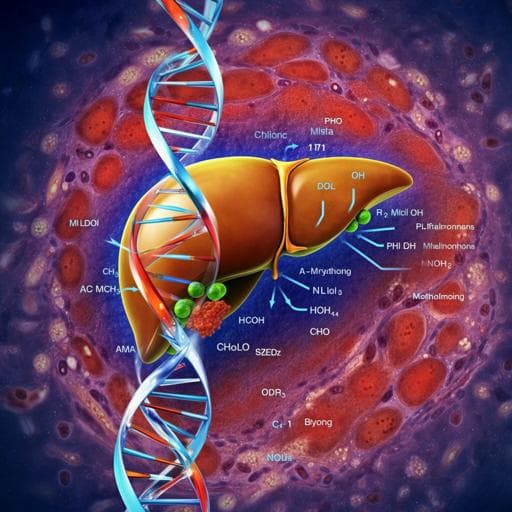
Medicine and Health
Identification of early liver toxicity gene biomarkers using comparative supervised machine learning
B. P. Smith, L. S. Auvil, et al.
This groundbreaking research by Brandi Patrice Smith, Loretta Sue Auvil, Michael Welge, Colleen Bannon Bushell, Rohit Bhargava, Navin Elango, Kamin Johnson, and Zeynep Madak-Erdogan identifies early exposure gene signatures for liver toxicity using advanced machine learning techniques. The study discovered ten high-accuracy gene biomarkers which could revolutionize and expedite toxicity testing for agrochemicals and pharmaceuticals.
~3 min • Beginner • English
Related Publications
Explore these studies to deepen your understanding of the subject.







